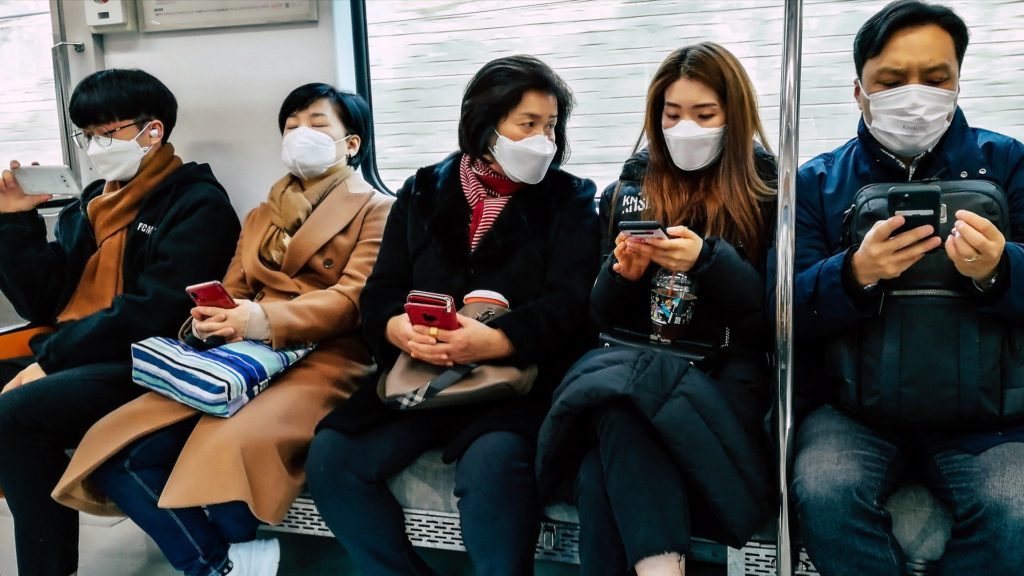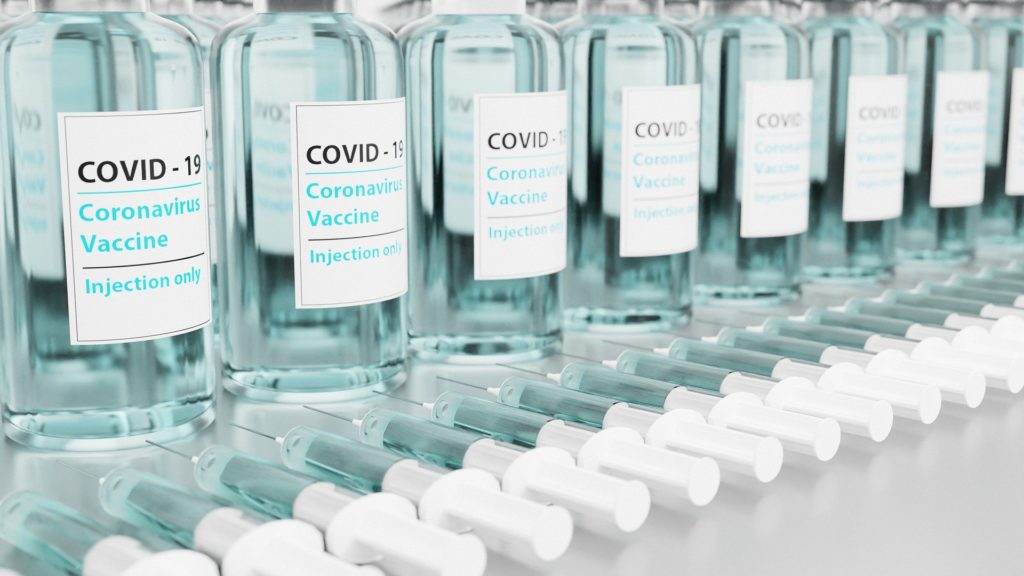
Black people with diabetes were more likely to develop cases of a life-threatening complication called diabetic ketoacidosis during the pandemic, even in people without COVID-19, according to a new study from the TID Exchange published in the Endocrine Society’s Journal of Clinical Endocrinology and Metabolism.
People with diabetes are more likely to get extremely sick from COVID-19, and the virus has been linked to new cases of diabetes. The pandemic has also exposed inequities in our health care system. Past research shows minorities with diabetes and COVID-19 are more likely to be hospitalized with diabetic ketoacidosis, a life-threatening yet generally preventable diabetes complication that results from insulin deficiency and is characterized by high levels of blood acids.
“Our work shows racial inequities in diabetes care were present before the pandemic, starkly visible during the pandemic, and will continue to persist after the pandemic—unless we systemically root out and target racial inequities in diabetes care,” said Andrew R. Lavik, M.D., Ph.D., of the Cincinnati Children’s Hospital Medical Center in Cincinnati, Ohio.
“Minorities continue to be affected by life-threatening yet preventable complications of diabetes more than other groups. We must redouble our efforts to relieve this burden, both during the COVID-19 pandemic and beyond,” added senior author Nana-Hawa Yayah Jones, M.D., also of Cincinnati Children’s.
The researchers, all members of the T1D Exchange Quality Improvement Collaborative, examined trends in diabetic ketoacidosis among individuals with type 1 diabetes during the COVID-19 pandemic at seven large United States medical centers. The researchers found that when COVID-19 cases surged, diabetic ketoacidosis surged as well, especially in Black people with diabetes. They determined that 45% of Black people had diabetic ketoacidosis in 2019 compared to 16% of White people, and this disparity persisted in 2020 (49% vs 19%).
“Alarmingly, we found that this disparity in diabetes complications was present even before the COVID-19 pandemic but has not been adequately addressed. T1D Exchange is actively working with partners to collaboratively address these inequities,” said co-author Osagie Ebekozien, M.D., Chief Medical Officer of the T1D Exchange in Boston, Mass.
People with diabetes using continuous glucose monitors or insulin pumps were less likely to have diabetic ketoacidosis. However, studies have found health disparities in the use of diabetes technologies.
Other authors of this study include: Sarah D. Corathers of the Cincinnati Children’s Hospital Medical Center; Nudrat Noor and Saketh Rompicherla of the T1D Exchange; G. Todd Alonso and Sarit Polsky of the University of Colorado in Aurora Colo.; Scott M. Blackman of the Johns Hopkins University School of Medicine in Baltimore, Md.; Justin Chen and Margaret Greenfield of SUNY Upstate Medical University in Syracuse, N.Y.; Carla Demeterco-Berggren of the University of California San Diego in La Jolla, Calif.; Mary Pat Gallagher of Hassenfeld Children’s Hospital at NYU Langone in New York, N.Y.; and Ashley Garrity of the University of Michigan in Ann Arbor, Mich.; and Robert Rapaport of Mount Sinai Hospital in New York, N.Y.
The study received funding from the Leona M. and Harry B. Helmsley Charitable Trust.


